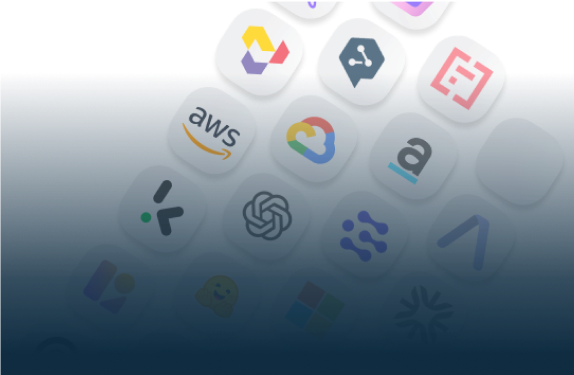
Start Your AI Journey Today
- Access 100+ AI APIs in a single platform.
- Compare and deploy AI models effortlessly.
- Pay-as-you-go with no upfront fees.
OpenAI’s GPT-4o and o1-mini serve different needs, with GPT-4o handling complex tasks like research and coding, while o1-mini offers cost-effective power for lightweight applications like STEM and chatbots. Explore their specs, performance, use cases, and costs to find the ideal model for your project!
.jpg)
In the fast-evolving world of AI, choosing the right model is crucial for project success. OpenAI, one of the leading model providers, offers two prominent models for distinct use cases: GPT-4o and o1-mini.
GPT-4o handles complex tasks like advanced NLP, research, and coding with accuracy and depth. In contrast, o1-mini prioritizes efficiency and speed, ideal for STEM reasoning and education.
In this blog post, we will compare GPT-4o and o1-mini, covering specs, performance, applications, API integrations, and costs to help developers choose the right model. Whether you value advanced features or cost efficiency, this article will clarify how they fit your goals.
Sources:
To assess the capabilities of GPT-4o and O1-mini, we compared their performance across various standardized tests.
Sources:
GPT-4o consistently outperforms O1-mini in high-complexity tasks, making it ideal for research-intensive applications. On the other hand, O1-mini’s speed and cost-efficiency make it a practical choice for lightweight tasks like chatbots and basic reasoning.
Developers can access both GPT-4o and o1-mini through OpenAI's API. Below are examples of how to interact with these models using Python and cURL.
Python:
Curl:
Python:
Curl:
Eden AI provides a unified platform to interact with both GPT-4o and O1-mini using a single API, eliminating the need for managing multiple keys and integrations. Through Eden AI, engineering and product teams can access hundreds of AI models. With a dedicated user interface and Python SDK, teams can orchestrate multiple models and connect custom data sources seamlessly. Additionally, Eden AI ensures reliability by offering advanced performance tracking and monitoring tools, enabling developers to maintain high standards of quality and efficiency in their projects.
Eden AI also offers a developer-friendly pricing model. Teams only pay for the API calls they make, at the same price as their preferred AI providers. There are no subscriptions or hidden fees. Eden AI’s margin is supplier-side, ensuring transparent and fair pricing. Furthermore, there are no API call limits, whether you make 10 calls or 10 million.
Finally, Eden AI is designed with a developer-first mindset. Built with engineering teams in mind, it prioritizes usability, reliability, and flexibility to empower developers to focus on creating impactful AI solutions.
Python:
JavaScript:
Source:
For text:
For audio (realtime):
For fine tuning:
Source:
These costs highlight the differences in capabilities and pricing structures between the two models. GPT-4o offers a broader range of functionalities, including support for audio and fine-tuning tasks, while o1-mini remains focused on efficient text-based operations at a lower cost.
Both GPT-4o and o1-mini are valuable models, each excelling in specific areas. GPT-4o’s superior performance in complex NLP tasks, coding, and research makes it the go-to choice for projects requiring depth and precision. Its higher costs reflect its advanced capabilities, which are indispensable for high-complexity applications.
In contrast, o1-mini’s affordable pricing and optimized performance for STEM-related tasks make it a practical option for cost-sensitive applications. Developers working on educational tools, chatbots, or basic reasoning problems will find o1-mini an excellent fit.
Ultimately, the choice between GPT-4o and o1-mini depends on your project’s complexity, performance requirements, and budget. By leveraging Eden AI’s platform, developers can easily integrate both models into their application, test their capabilities, and choose the model that best aligns with their needs. Eden AI’s flexible pricing and developer-first approach further simplify the process, ensuring teams can focus on building impactful solutions without being bogged down by operational complexities.


You can start building right away. If you have any questions, feel free to chat with us!
Get startedContact sales
